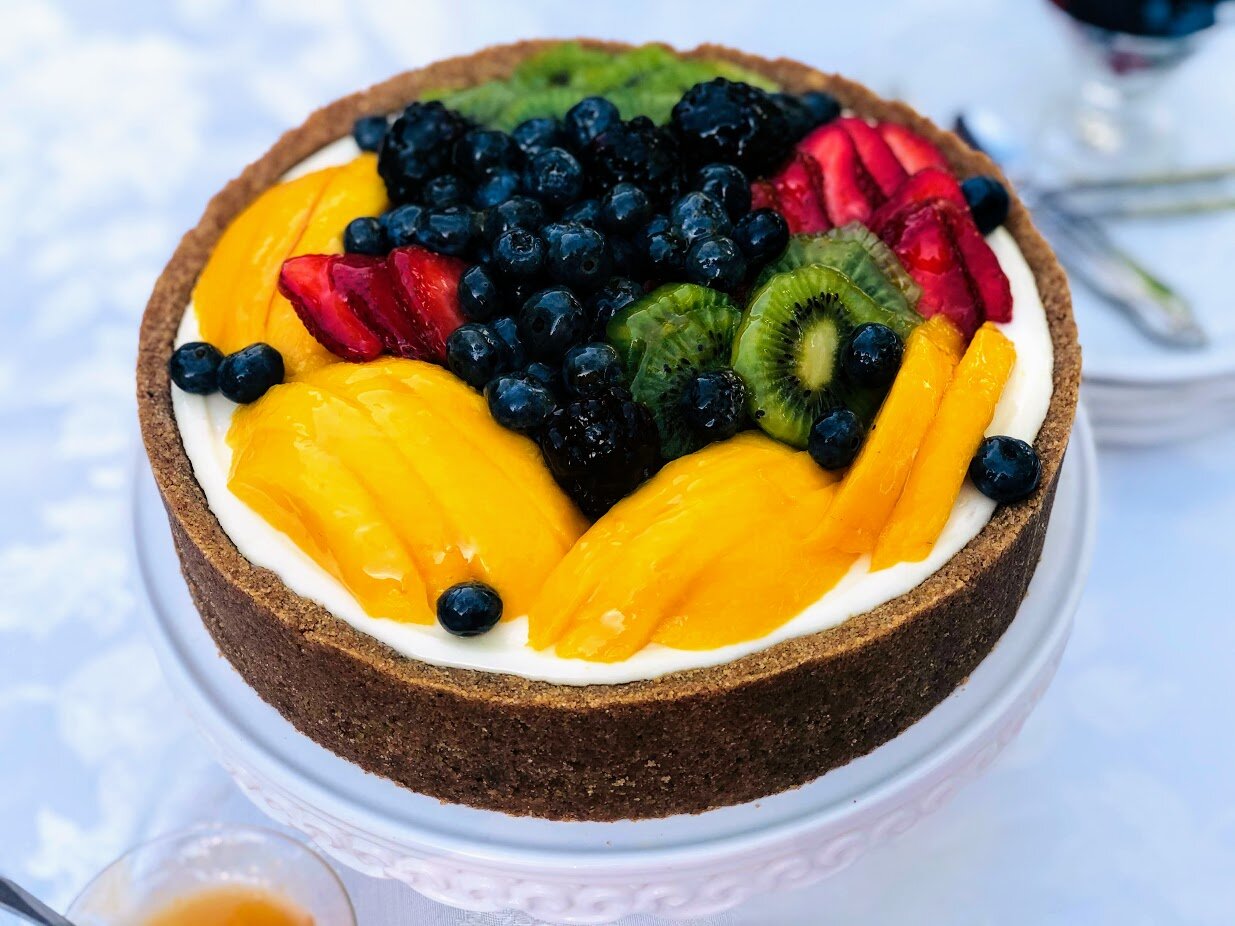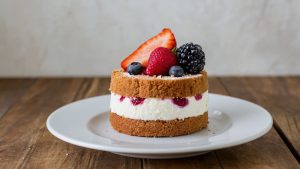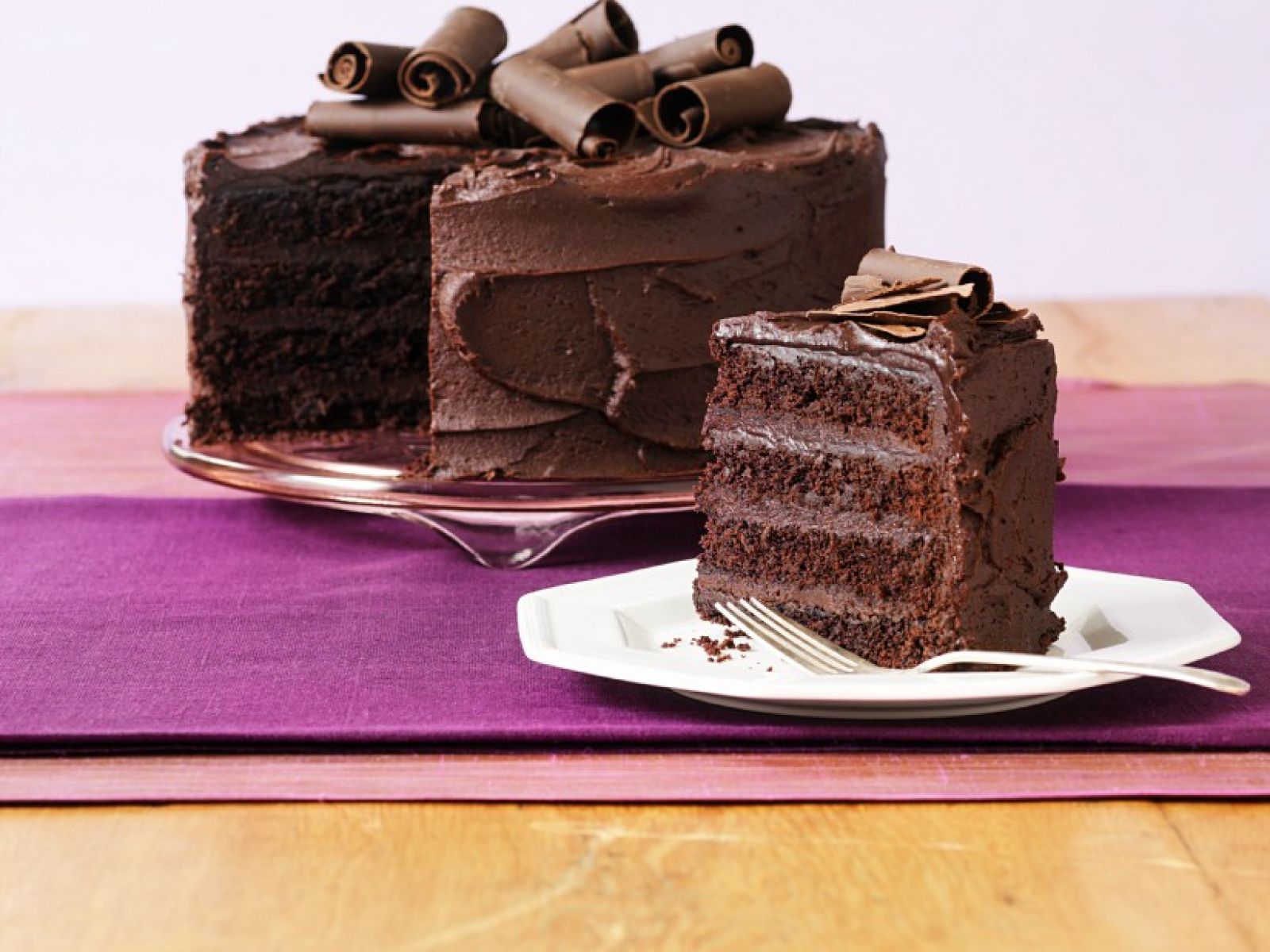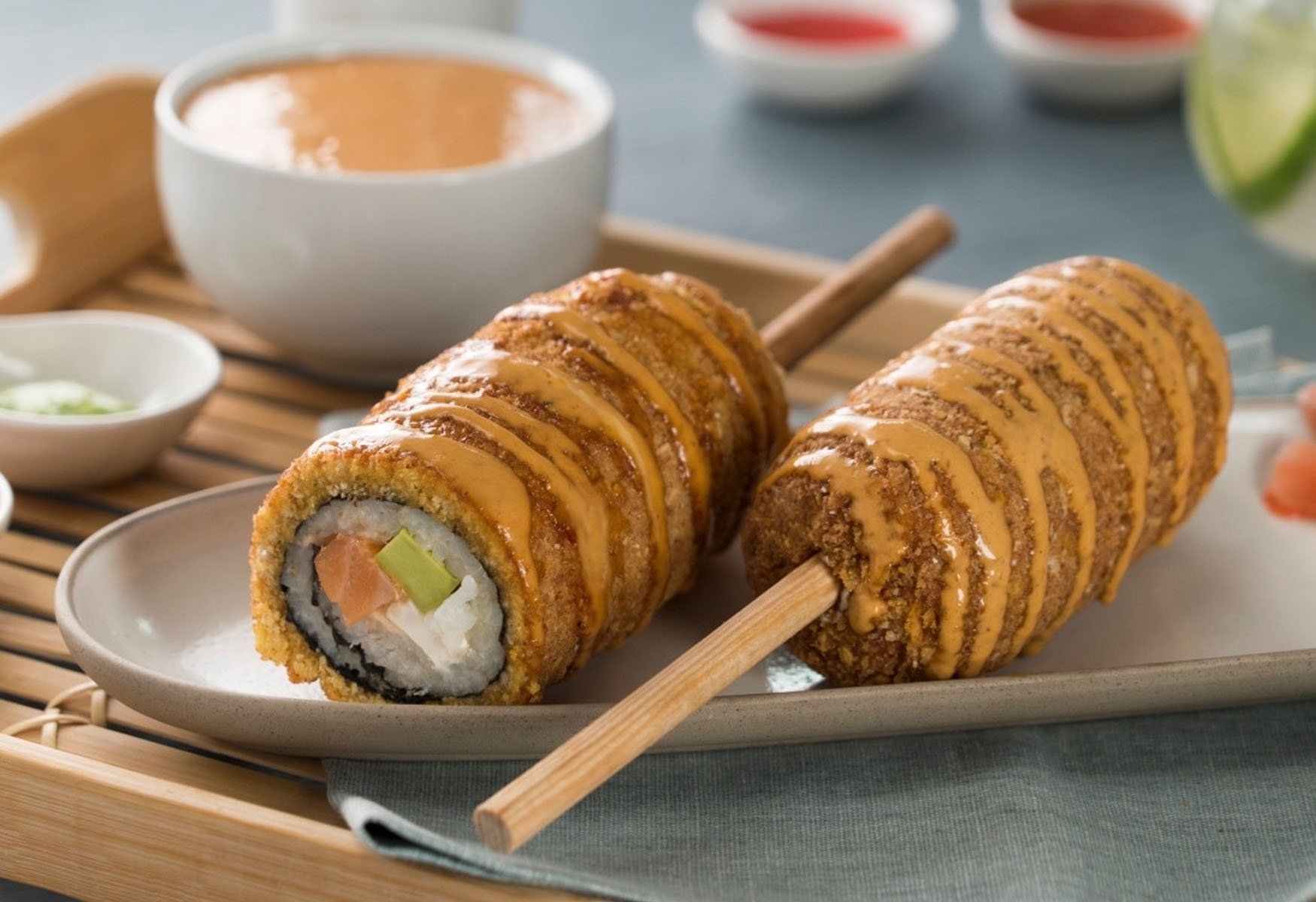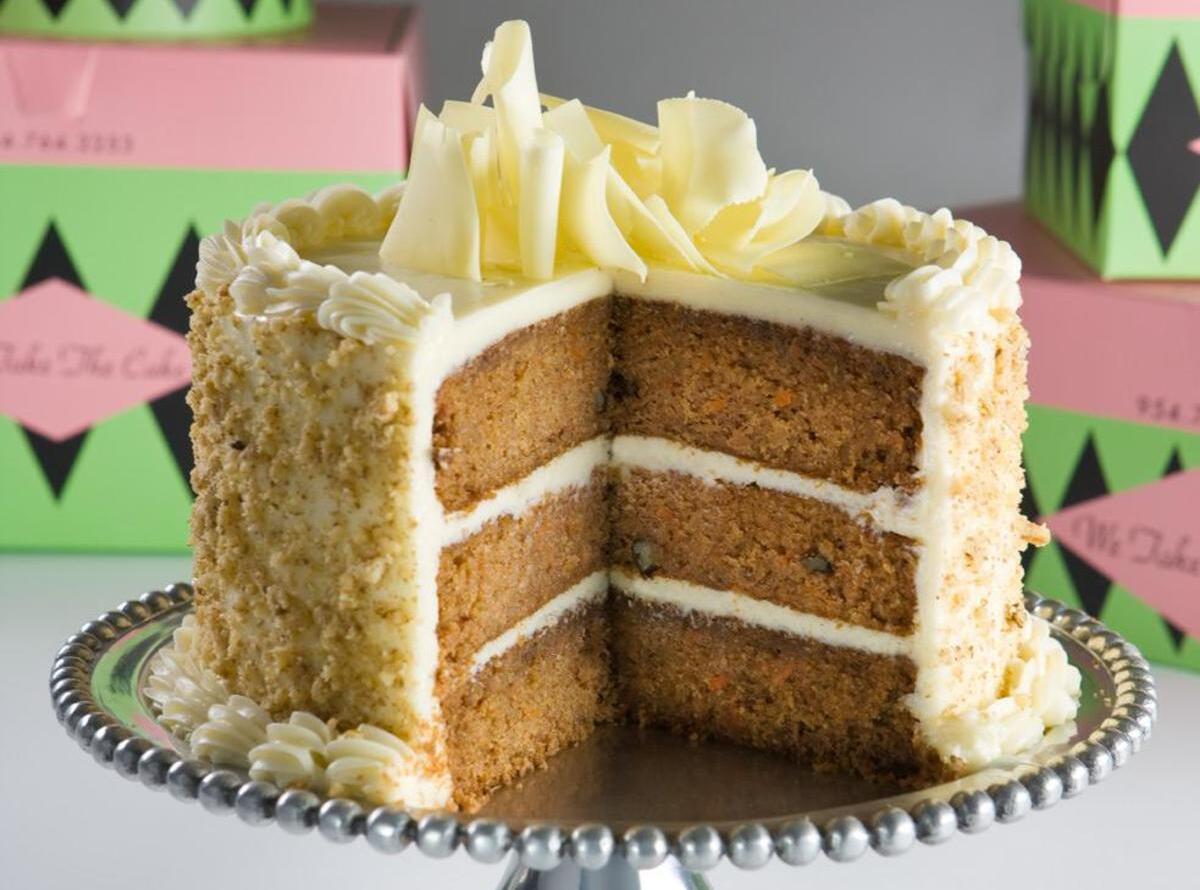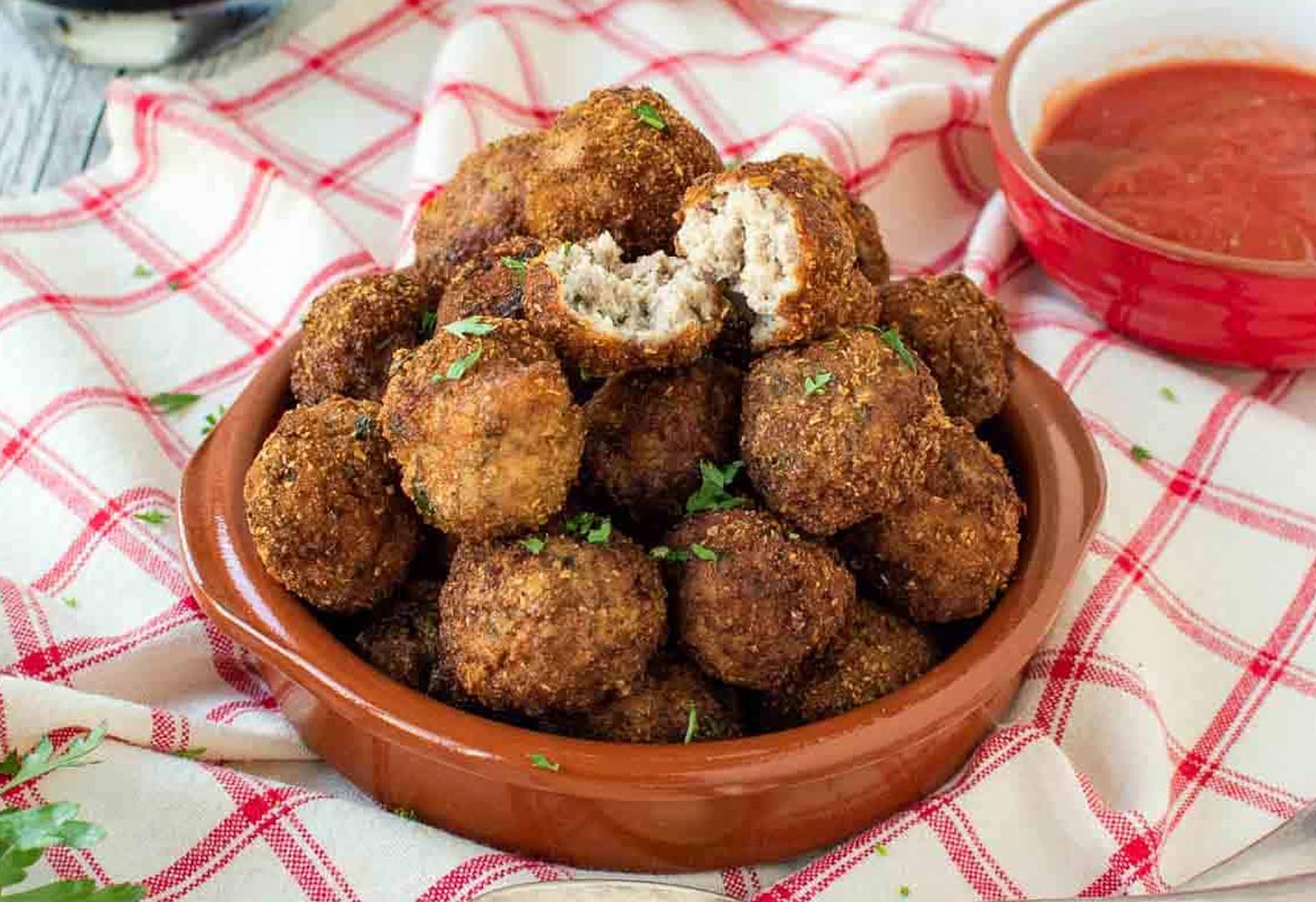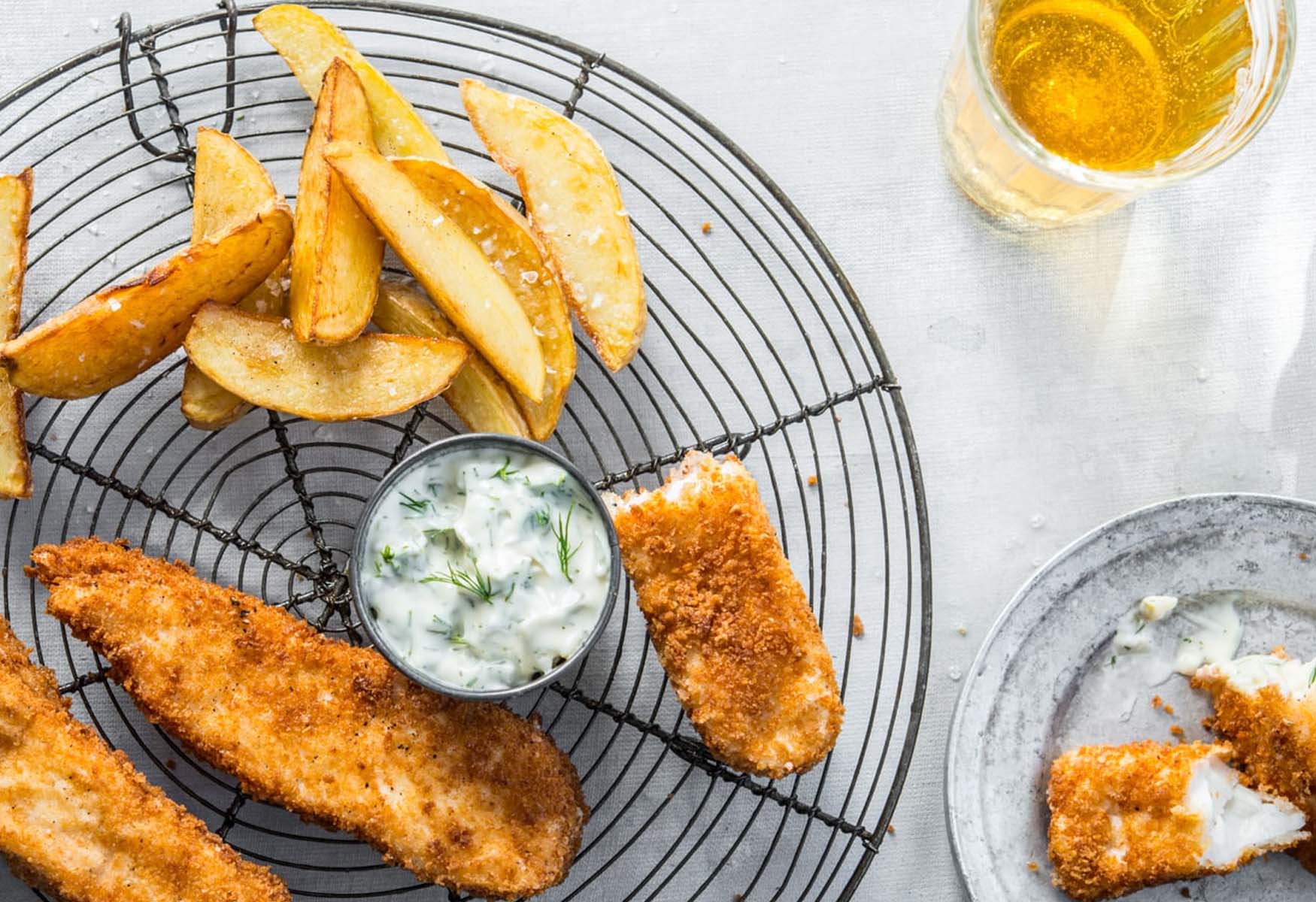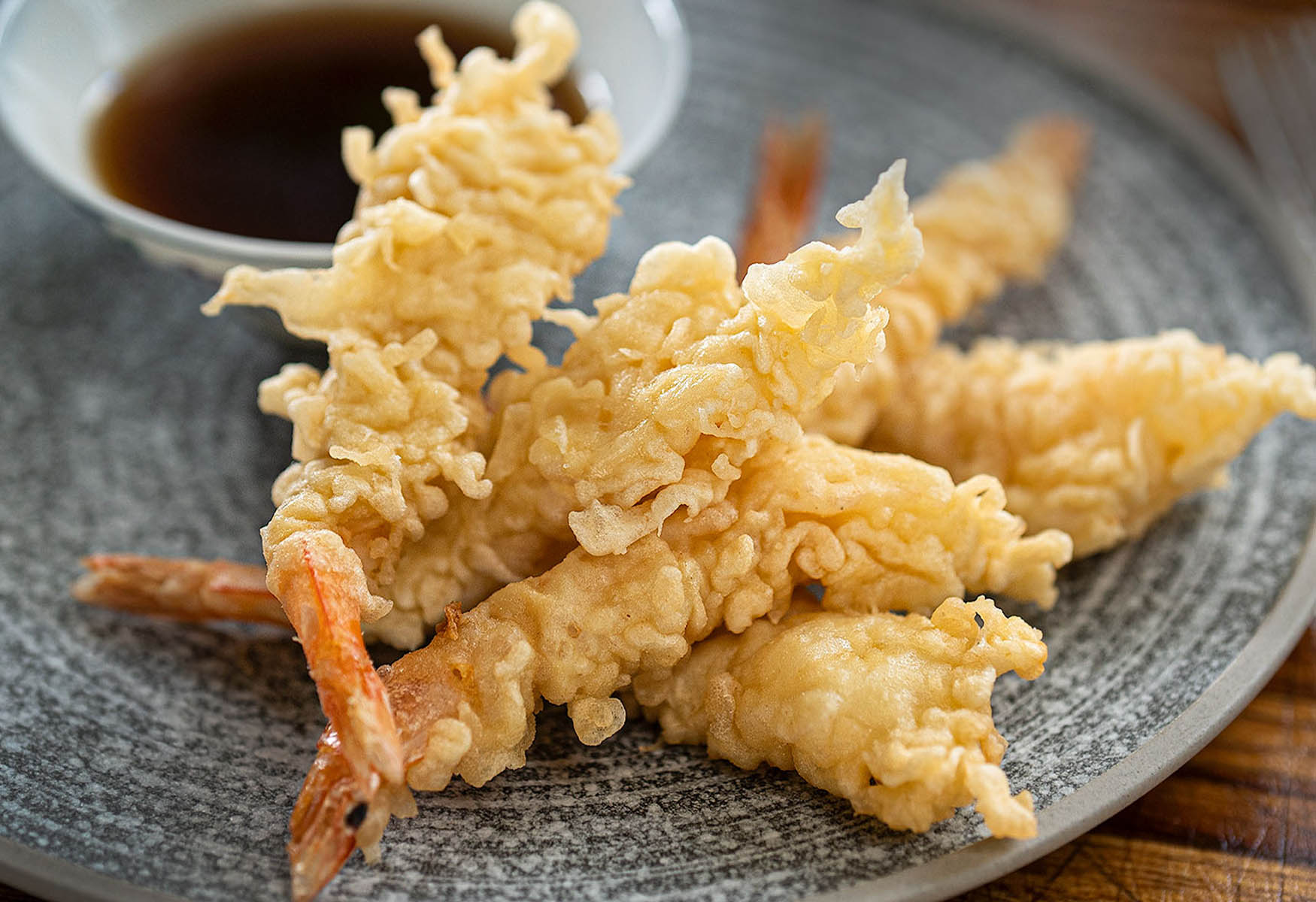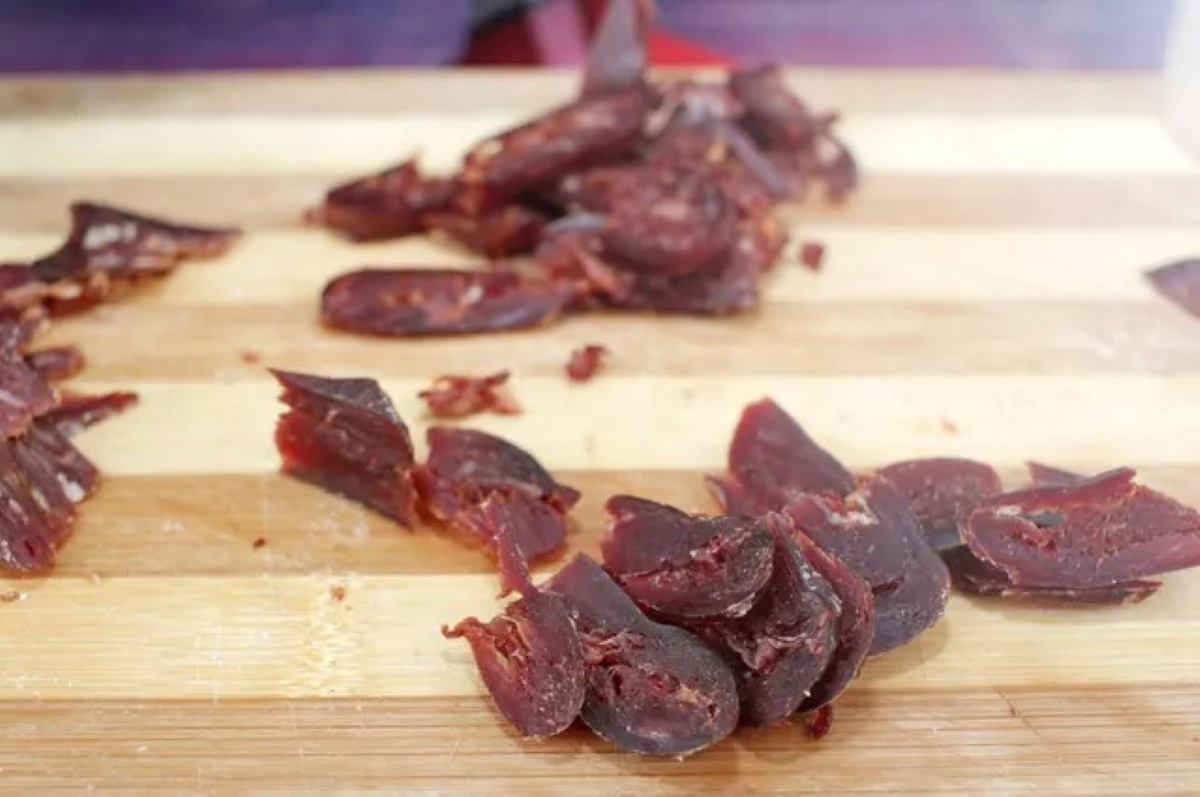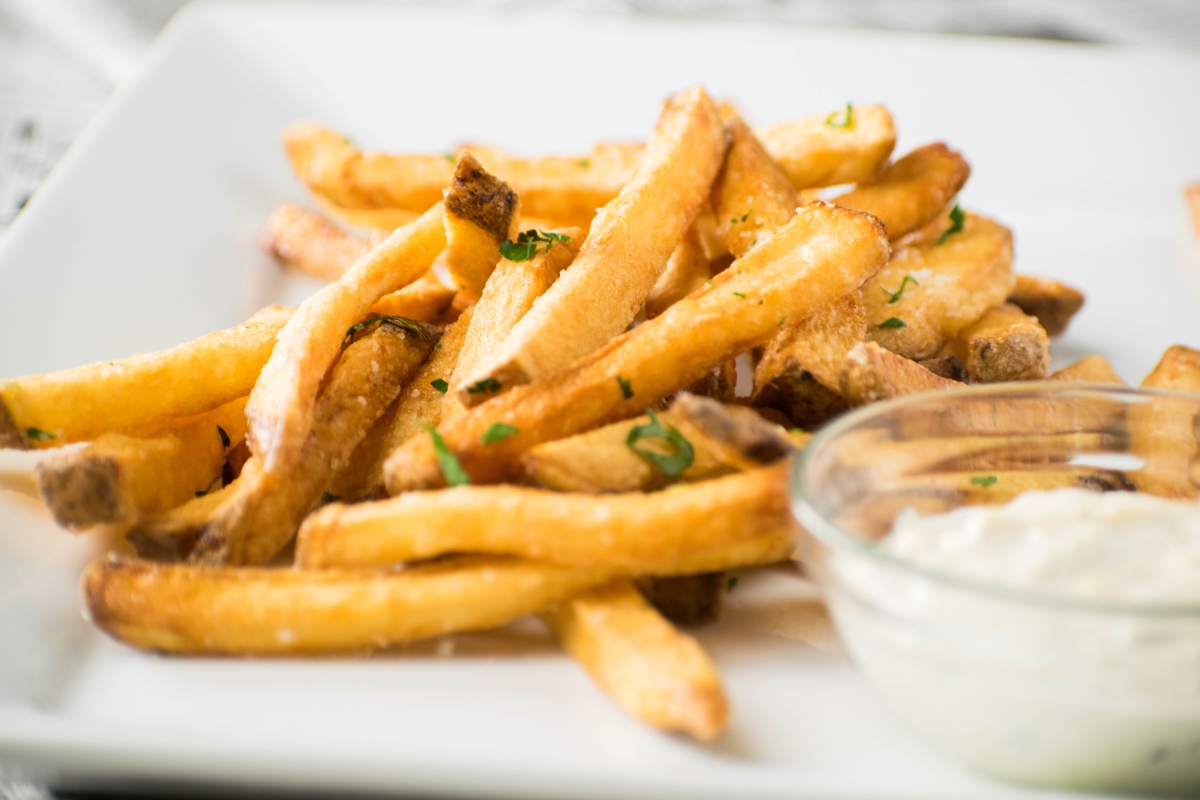Adding a Beautiful Glazed Fruit Topping to Your Cake
One of the most delightful ways to elevate the appearance and flavor of a cake is by adding a glazed fruit topping. Not only does it make the cake look stunning, but it also adds a burst of fruity sweetness that perfectly complements the cake’s richness. If you’re wondering how to achieve this gorgeous finish, read on for a step-by-step guide on how to glaze fruit to top a cake.
Choose the Right Fruit
When it comes to selecting the fruit for your cake topping, it’s essential to choose fruits that are not only visually appealing but also complement the flavor of the cake. Some popular choices include:
- Berries: Strawberries, blueberries, raspberries
- Citrus fruits: Oranges, lemons, limes
- Stone fruits: Peaches, apricots, plums
Prepare the Glaze
The glaze is what gives the fruit its beautiful, shiny appearance. To make a simple glaze, you’ll need:
- Apricot jam or jelly
- Water
- Lemon juice
Combine the apricot jam or jelly with water and a splash of lemon juice in a small saucepan. Heat the mixture over low heat, stirring constantly, until it forms a smooth, thin glaze. Allow the glaze to cool slightly before using it on the fruit.
Prepare the Fruit
Before glazing the fruit, it’s important to prepare it properly. Wash the fruit thoroughly and pat it dry with a paper towel. If you’re using larger fruits such as peaches or plums, slice them into thin, uniform slices. For smaller fruits like berries, you can use them whole or halved, depending on your preference.
Glazing the Fruit
Once the fruit is prepared, it’s time to glaze it. Using a pastry brush, carefully coat each piece of fruit with the apricot glaze, ensuring that the fruit is evenly coated on all sides. This step not only gives the fruit a beautiful sheen but also helps to preserve its freshness.
Arranging the Fruit on the Cake
After glazing the fruit, it’s time to arrange it on top of the cake. Depending on your design preference, you can create a pattern with the fruit slices or arrange them in a random, artful manner. Be sure to place the fruit close together to create a visually stunning display.
Final Touches
Once the fruit is arranged on the cake, you can add some final touches to enhance its appearance. A light dusting of powdered sugar or a sprig of fresh mint can add an extra touch of elegance to the finished product.
Conclusion
Adding a glazed fruit topping to your cake is a simple yet effective way to take your baking to the next level. Not only does it add a pop of color and flavor, but it also showcases your creativity and attention to detail. Whether you’re making a simple tea cake or a show-stopping celebration cake, a glazed fruit topping is sure to impress.
For those looking to master the art of glazing fruit to top a cake, there are several delightful recipes to try. One can start with the Mixed Berry Pavlova, which offers a light meringue base topped with a colorful assortment of glazed berries. For a more tropical experience, the Tropical Fruit Tart showcases a variety of fruits that shine with a glossy glaze. The Plum Almond Cake combines the richness of almonds with the tartness of plums, all beautifully glazed. If citrus flavors appeal, the Kiwi Lime Pie provides a tangy twist with glazed kiwi slices. Lastly, the Apricot Almond Tart is a perfect choice for those who enjoy the sweetness of apricots paired with a nutty crust. Each of these recipes allows one to experiment with glazing techniques and enjoy the vibrant flavors and textures that glazed fruits bring to a dessert.
